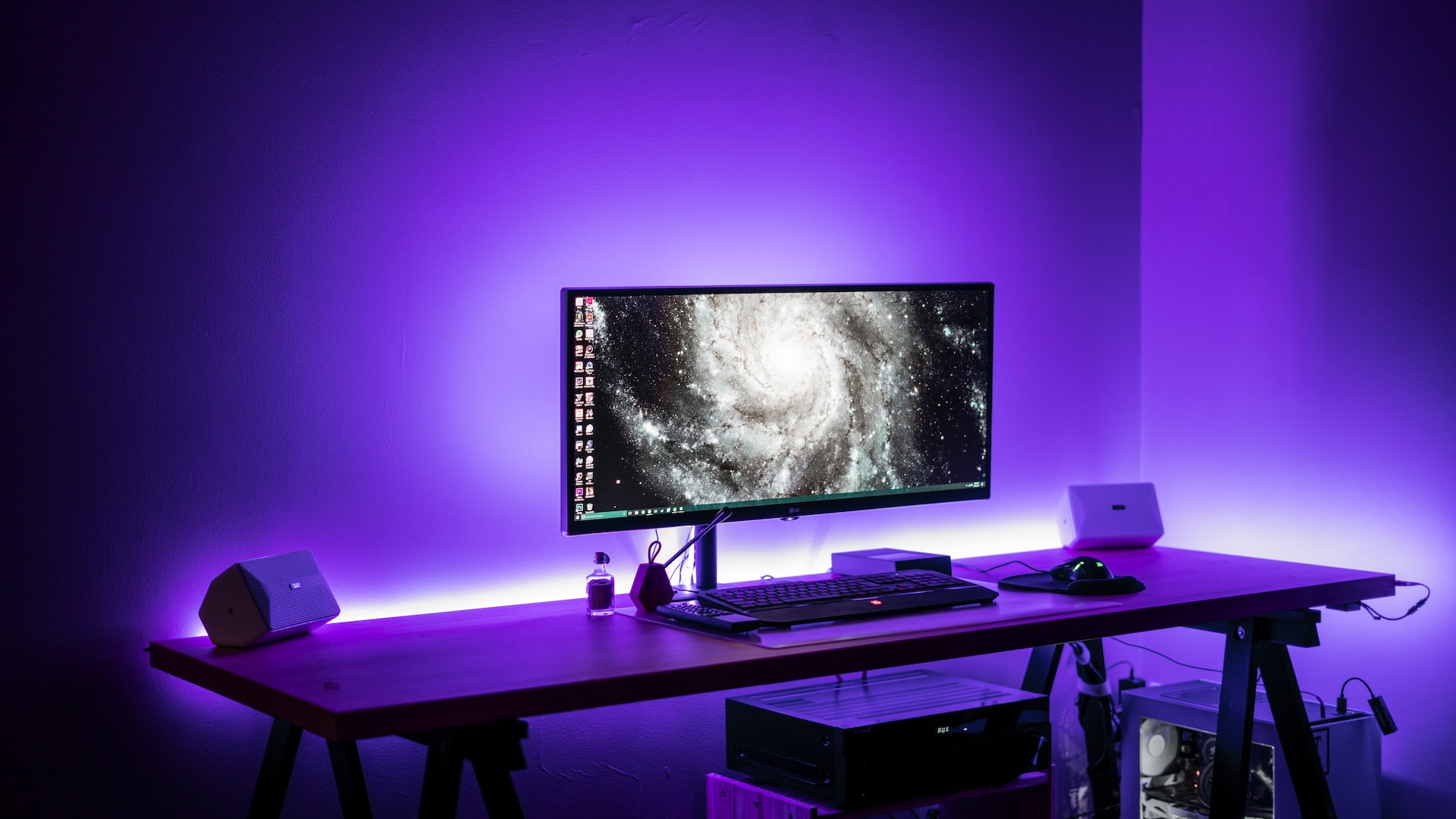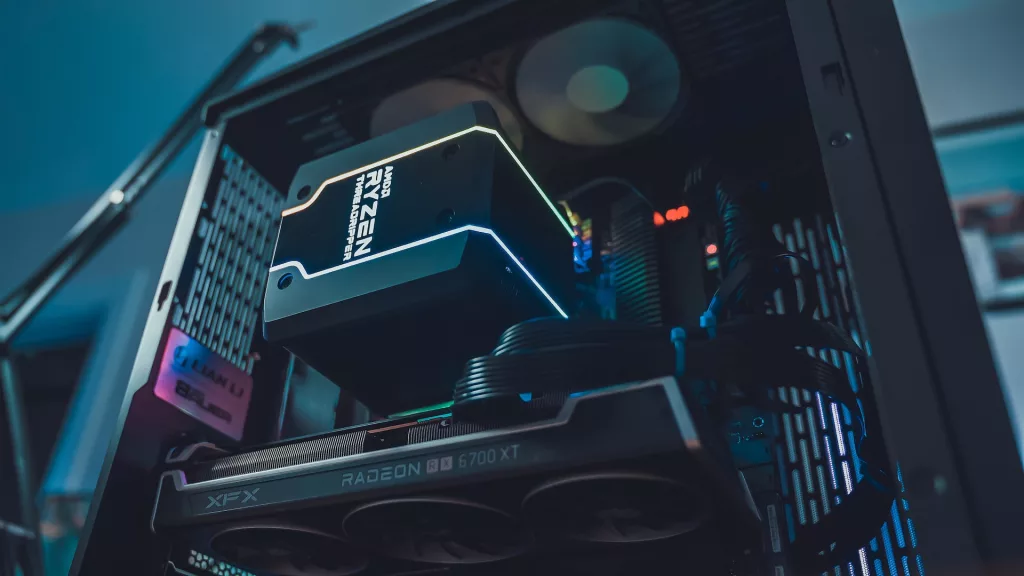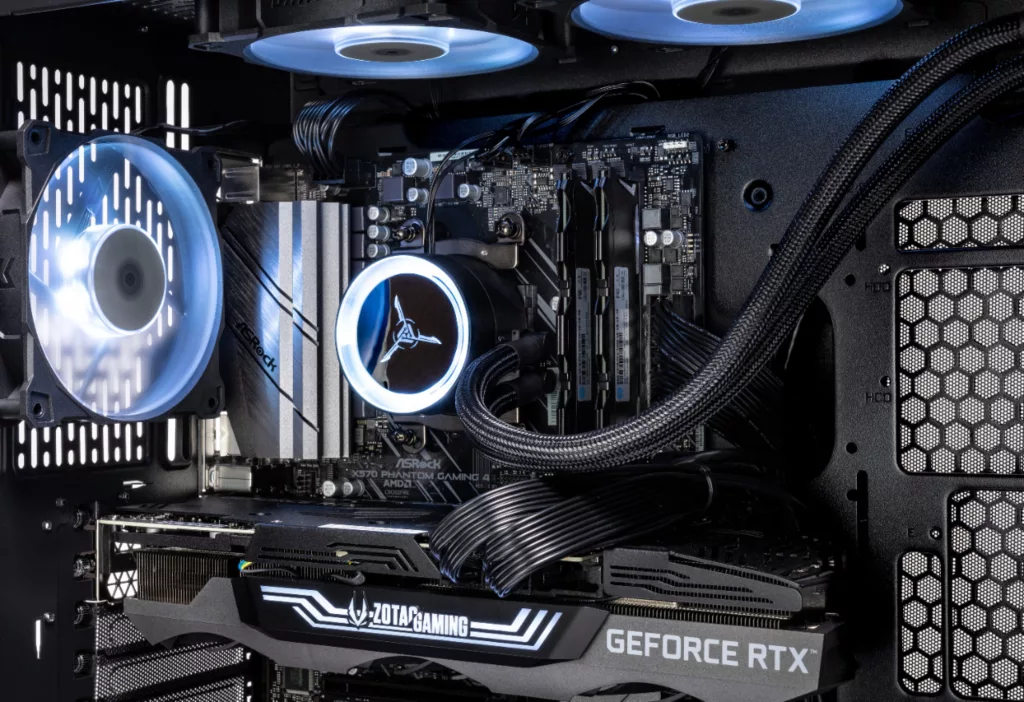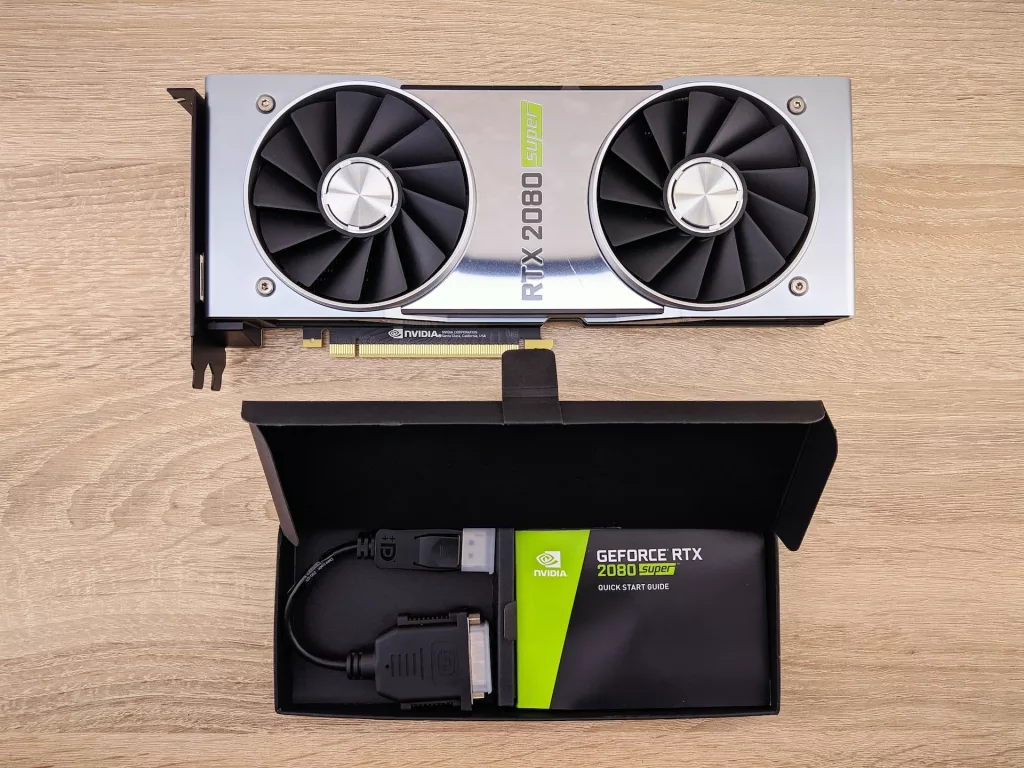Regardless of how you evaluate your gaming sessions—Wins, overall fun, highest FPS, lag-free gameplay, and so on, it all ultimately depends on choosing the right equipment. It doesn’t matter whether you’re a casual gamer or a dedicated enthusiast (perhaps even a professional); finding the perfect gaming gear that’s tailored to your preferences is essential. With that in mind, keep reading to find out how to choose the right gaming equipment for you.
Gaming Style
First things first. You need to pin down your gaming style. Depending on that, your selection can differ a lot. There is a lot of gaming equipment out there, and although some of it will look the same or at least similar to other items, the fact is that it’s all just a little bit different, and it’s all made with different gaming styles in mind.
Player A who has a second life on a vanilla WoW cluster won’t need to care much about the hardware and a First Aid Guide 1-300 or specific dungeon guides should be all they need. On the flip side, someone who tries all the latest games from Elden Ring and Cyberpunk to Baldur’s Gate 3, Starfield, and Alan Wake 2 will need to consider everything from their hardware to their system’s acoustics, CPU’s cooling, and PSU’s wattage.
The majority of decisions impact what GPU you should go for, apart from your budget and parts compatibility. For example, modern AAA games will need high-end GPUs to run at 1440p@60. If you’re mainly after visual fidelity in single-player games, you will need a good GPU with ray tracing that can go north of 60FPS.
Then there is the consideration of what’s most important in a gaming PC—GPU, CPU, or RAM? A simulation, strategy, or large-scale game will need a beefy CPU, while a mid-range GPU would suffice. An open-world game will need a good mix of a powerful CPU and GPU, where you can benefit from AMD’s Smart Access Memory or upscaling technologies like DLSS and FSR.
Playing multiplayer competitive games will need to select the right peripherals and optimize your PC the right way to reduce input latency, screen tearing, FPS drops, high ping, and so on.
Equipment is more than hardware, however. And you should pay an equal amount of attention to the rest of it as the GPU itself. This includes everything from your monitor’s response time to your chair’s ergonomics.
For most gamers, building the most comfortable gaming setup is a journey and a learning experience. Don’t expect to get there soon. Though we have tons of guides on the selection of everything from the right keyboard depending on the type of games you play to the right desk and chair selection, it’s imperative to understand that you can only upgrade your experience incrementally and one by one, which is the ideal way.
Budget & Goals
Ideally, the budget should be your #1 consideration but seeing how we have access to reasonably priced mid-range GPUs today that can run pretty much everything, that can be priority #2 after the style you crave.
Setting a budget that you won’t cross is important. Not only does it keep you from overspending, but it also allows you to limit your search when you’re on Amazon, Newegg, or another store.
For example, if your budget is roughly $250 and you’re eyeing an entry-level gaming PC, then the RX 7600 is an excellent 1080p GPU that, according to Verge’s Jess Weatherbed, hits the “sweet spot” pretty well. Months after its release, it’s retailing for $270-300 on Newegg and a little lower on Amazon from product lines such as XFX’s Speedster.
Once you’ve narrowed down your budget, you’ll be able to find better choices, in general.
Now, your goals. Basically, pinning down your goals means considering the type of games you play and how you like to play them. A lot of players are okay with playing on medium settings in their favorite tactical shooter or MOBA, whereas others want all the bells and whistles in their action RPG adventures.
This mainly affects the GPU you go for.
There’s also future-proofing to consider. On the very extreme, gamers tend to future-proof their PC for all upcoming hardware. This includes PCIe Gen 5 SSDs, DDR5 RAM, and the latest processor socket like AM5 or LGA 1700. You might not need to go that far, especially seeing how it will be a major investment. For example, future-proofing your PC for upcoming high-end GPUs will need you to invest in 1000W+ PSUs or being able to use Gen 5 SSDs needs you to also upgrade your motherboard.
Peripherals
Playing an MMO? Better choose a mouse with more programmable keys. Playing a tactical shooter? Better go for keyboards and mice that have extremely low latency and a high polling rate. Will you be playing for 4-5 hours, minimum, in one session? Go for a headset that prioritizes comfort and not sound quality. Practicing as an esports professional? Go for a monitor that has a 0.1 ms response time and a refresh rate higher than 144Hz (240Hz recommended). Want to experiment with streaming? Well, that opens up a whole other can of worms.
Basically, your choice of peripherals like the keyboard, mouse, headset, desk, chair, mousepad, etc. depends on the kind of games you play and your goals. You might also need to think about power use, internet bandwidth, monitors, total system RAM, and even RGB.
Graphics Settings
Often overlooked, tweaking graphics quality in-game or through your GPU’s app is an equally important part of optimization as choosing the number of fans for your case. It can help a lot especially if you’re not using high-end gaming hardware.
Here’s some actionable intelligence:
- If you need to lower in-game settings to increase FPS, target shadow quality (shadows are pretty much all about aesthetics), reflections, and anti-aliasing. Draw distance is also a big factor but some games need a higher draw distance for an advantage. Things like volumetric fog and motion blur are almost always better turned off if your GPU isn’t powerful enough.
- Having a consistent FPS rate is more important than having 10-20 more FPS. For this, cap your game at a particular FPS. If the game doesn’t allow you to do that, you can use your GPU app, or best, just use the Rivatuner Statistics Server (RSS). It can cap your FPS at 30 or 300, whatever you want.
- DLSS and FSR (and more recently, Intel’s XeSS) always improve framerates. If you’re hunting for new hardware, make sure either of these is supported for your game on said GPU. FSR is global and works across GPUs but DLSS is limited to Nvidia graphics cards only.
There’s no “right” gaming setup. I’ve seen people mount big monitors 2 feet up, cause neck strain, and still enjoy the experience. Though that’s not recommended in a thousand years, the bottom line is that you should prioritize what feels and looks best to you. Divide your PC setup into hardware (like GPU, CPU, RAM, and SSD), peripherals (like keyboard, mouse, headset, etc.), gear (like desk, chair, controllers, speakers, etc.), and optimization (like graphics settings, cooling, etc.).





